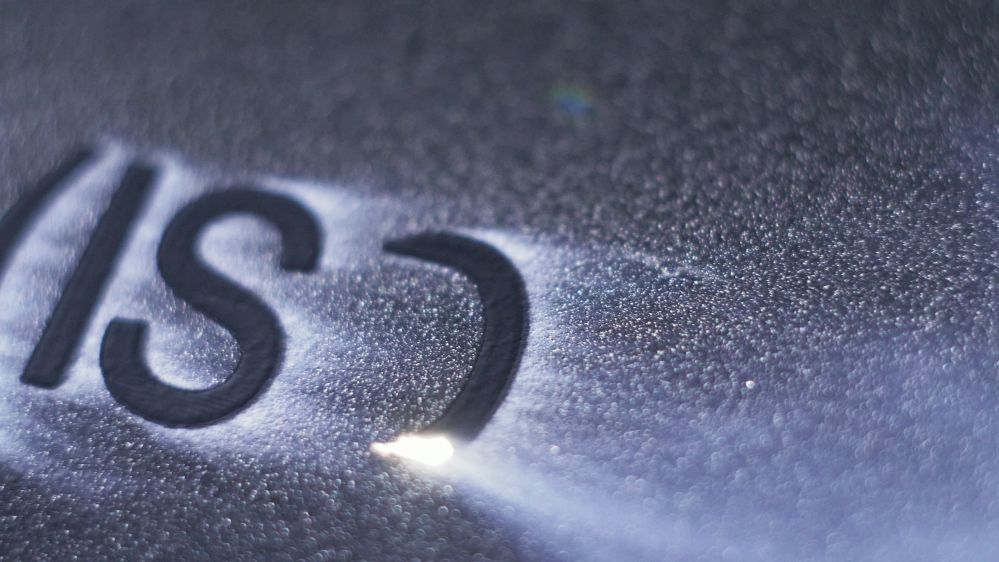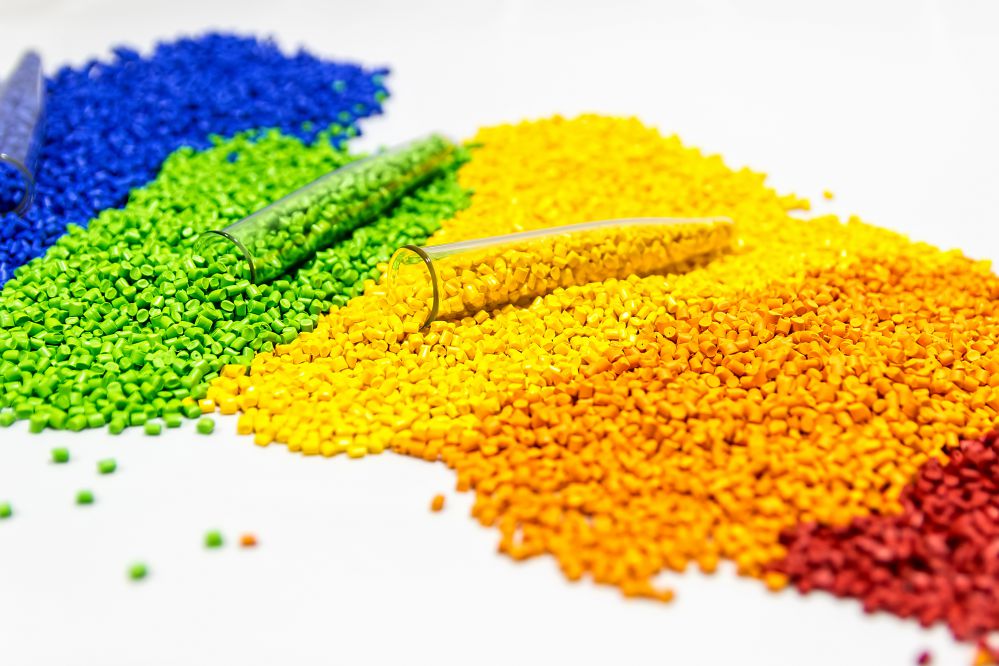
Laser engraving and marking for fabric are some of the innovative technologies that have taken hold in the fashion and interior design sector. Indeed, their introduction has given a sector that usually relies on unchanging production processes, the impetus to experiment.
Laser marking and engraving processes are fast, accurate and flexible. These characteristics make them perfectly compatible with production processes and explain why their use has spread so widely.
The introduction of laser has made it possible to significantly reduce the environmental impact of this industrial of the fashion industry, which is one of the most polluting. The production cycle of fabrics, from production to finishing, involves the consumption of considerable quantities of water, energy and chemicals.
Laser technology has therefore also established itself as an alternative production tool, capable of replacing all traditional processes with lower costs for the company and above all for the environment and with greater benefits for the end user.
Marking or engraving? The difference between the two processes
In the textile sector, lasers are used throughout the production chain, from cutting to finishing and decorating fabrics. The marking and engraving applications are mainly used in those parts of the production process.
Both applications use the laser as an energy source to remove a layer of material of varying thickness. Depending on the amount of energy transferred by the laser to the material, the layer of material removed is more or less deep and the transformations made to the material are different. The difference between marking and laser engraving lies precisely in these differences.
We speak of laser marking when the processing involves the material’s most superficial layer and its transformation is not radical. Oppositely, we talk about laser engraving, when the laser beam removes a consistent layer of material. The engraved mark is deeper and perceptible to the touch.
Given these differences, laser marking and engraving results can differ according to the chosen type of application or material.
Based on all the aforementioned information, laser marking and engraving can suit numerous applications. Laser is a very flexible tool that adapts to all types of applications.
In general, we can say that laser marking and engraving applications on fabric fall into one of these two areas: the decoration or the application of various types of information on the material’s surface.
Laser marking and engraving for fabric decoration
Laser decorations allow designers to fully express their creativity. They can create a wide range of decorative effects and details on fabrics by using marking or laser engraving. These can range from a simple geometric pattern to the transposition of images in grayscale, all the way to the creation of decorative details with a three-dimensional effect.
The decoration of denim fabric is a perfect example of how this field of application has become popular in the clothing industry. The laser marking of demin has revolutionized the way this fabric is processed. Traditionally the denim finishing process involved various steps such as washes, sandblasting and abrasion. These processes were used to give a particular look to the jeans, a specific shade or a worn look to the garment through cuts and abrasions. The problem with these processes is that they are extremely polluting, involve a large consumption of resources and have a significant negative environmental impact.
Denim laser finishing makes it possible to significantly save on product manufacturing times, optimize the production process, perfectly replicate the various types of denim washes, and create any detail with great flexibility. All these results can be obtained through the laser’s transfer of energy on the material’s surface rather than through the previously mentioned consumption of resources.
Laser marking and engraving to communicate information
In a world where automation is becoming increasingly popular, the application of information on materials is an increasingly requested process. Laser marking and engraving can be used to apply barcodes, alphanumeric information, information on the characteristics of the product and its maintenance.
This information can serve different purposes. For example, imagine a manufacturer of fabrics destined for the semi-finished product market. By means of laser marking, he can automatically imprint information such as production batches and identification codes directly on the fabric.
The advantage of this type of application is that the information engraved or marked with the laser is indelible, resistant to wear and counterfeiting. The manufacturer can save on some production costs, and when it comes to logistics and traceability, have a fully automated production process. The product buyer also has the guarantee that important information applied to the fabric won’t be damaged by time or wear.
Fabrics that can be laser marked / engraved
All categories of fabrics can be laser marked or engraved. However, some of them are better suited to these processes. Below is a brief review of the fabrics on which laser application can be performed very easily:
- Synthetic fabrics. Synthetic fabrics are among those that are best suited to laser marking / engraving processes. These are materials made from thermoplastic polymer fibers, such as polyester. These materials respond very well to laser processing and therefore give optimal results.
- Natural fabrics.Cotton is the natural fiber that is best suited to laser marking / engraving processes. To mark cotton you need to choose fabrics with a fairly compact texture.
- Leather and faux leather . Laser marking can be applied to both natural and synthetic leather. Not only can laser technology be used to perform traditional processes, it can also create effects that could not be obtained with traditional tools.
How a laser system for marking fabrics is made
The components of a fabric laser marking / engraving system depend on the type of application needed. However, some basic components needed for typical engraving and marking applications are always necessary: a laser source and a scanning head.
The laser source is the device that generates the beam that performs the process. Their versatility when it comes to different materials makes CO2 sources the most suitable for these types of processing. Deciding how powerful the laser source should be is directly proportional to the manufacturing speed required. The more powerful the laser source is, the more instantaneous the execution.
The scanning head and attached software system can make any type of pattern in a very short time. They are therefore perfect for this type of processing, even if performed at high speeds.
An application with infinite possibilities
The laser marking and engraving of fabrics will increasingly take center stage in the fashion industry. The advantages they offer in terms of flexibility, accuracy and speed are enormous. Moreover, their greatest advantage for an industrial sector that makes innovation and design its essential strength is their endless application options.
Are you in need of a laser engraving or marking application? Contact us and we will happily put our extensive experience at your service to devise the ideal solution for your needs.




